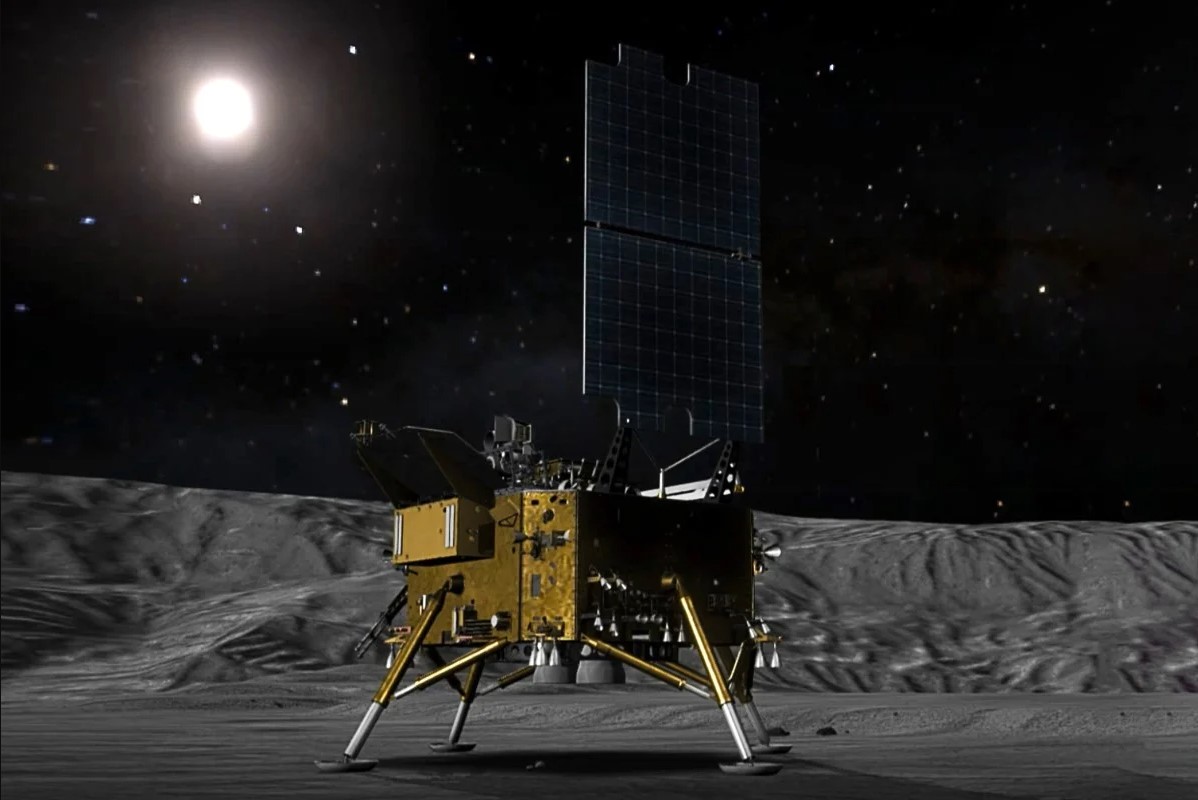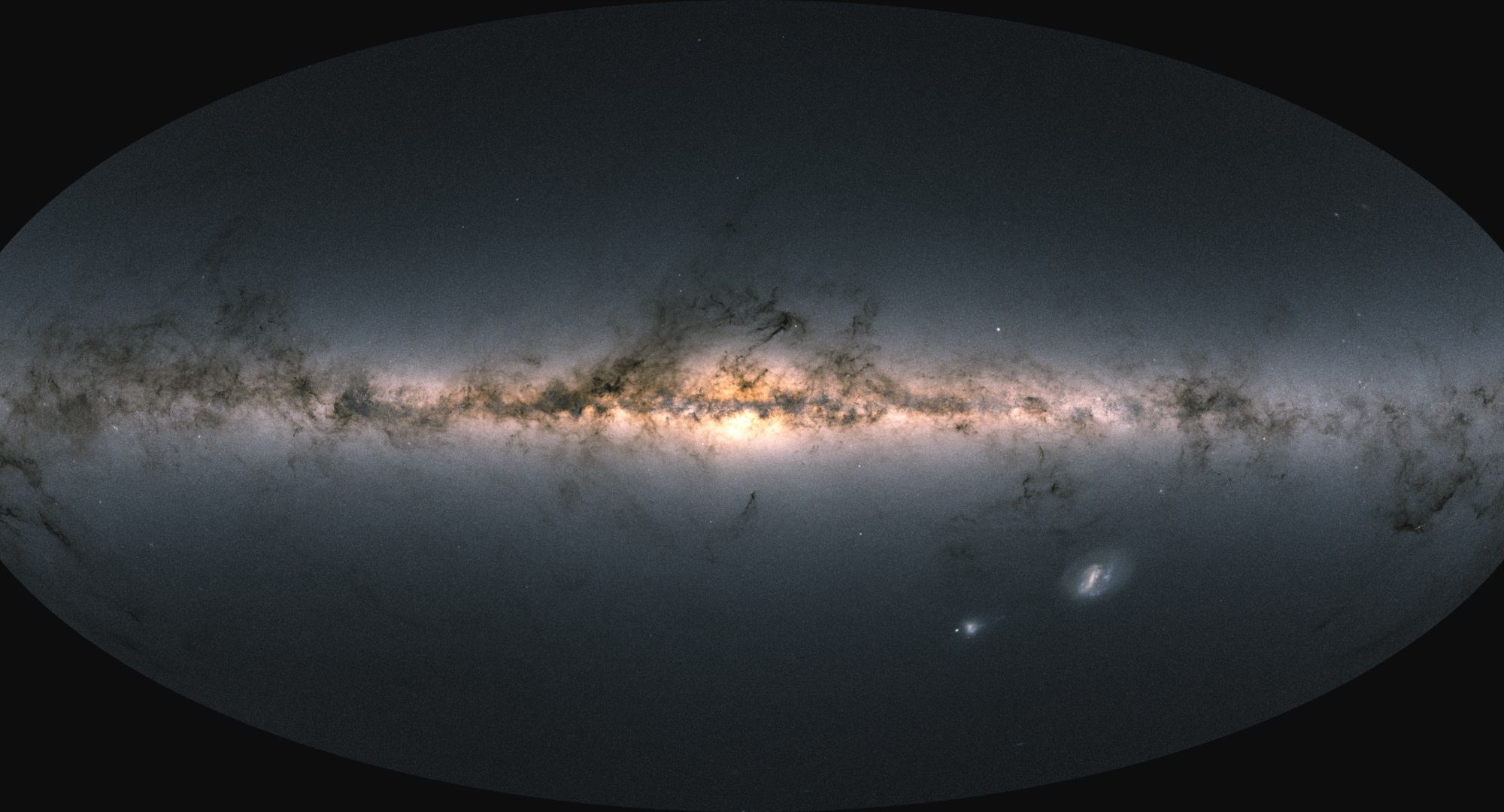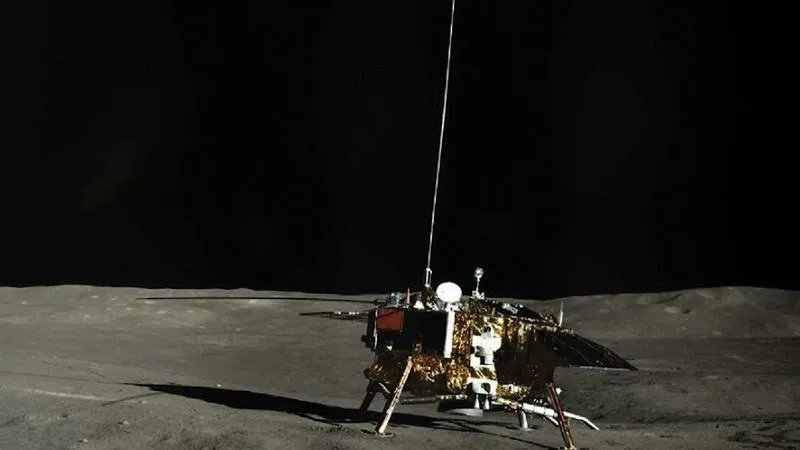Inflatable space modules are not a new concept, NASA have been exploring the possibility since the 1960’s. The Chinese Space Agency is now getting in on the act and is testing its new inflatable module which is part of its Shijian-19 satellite launch. To get it into orbit the capsule was compressed and folded and then inflated once in orbit. Following completion of the tests, it re-entered the atmosphere, landing in the Gobi Desert on 10th October. The goal is for this to be used to extend its space station in the same way NASA have been exploring expansion of ISS.
Continue reading “China Tests a Reusable Inflatable Module in Space”China Trains Next Batch of Taikonauts
China has a fabulously rich history when it comes to space travel and was among the first to experiment in rocket technology. The invention of the rocket is often attributed to the Sung Dynasty (AD 960-1279.) Since then, China has been keen to develop and build its own space industry. The Chinese National Space Administration has already successfully landed probes on the Moon but is preparing for their first human landers. Chinese astronauts are sometimes known as taikonauts and CNSA has just confirmed their fourth batch of taikonauts are set for a lunar landing.
Continue reading “China Trains Next Batch of Taikonauts”New Simulation Will Help Future Missions Collect Moon Dust

In this decade and the next, multiple space agencies will send crewed missions to the Moon for the first time since the Apollo Era. These missions will culminate in the creation of permanent lunar infrastructure, including habitats, using local resources – aka. In-situ resource utilization (ISRU). This will include lunar regolith, which robots equipped with additive manufacturing (3D printing) will use to fashion building materials. These operations will leverage advances in teleoperation, where controllers on Earth will remotely operate robots on the lunar surface.
According to new research by scientists at the University of Bristol, the technology is one step closer to realization. Through a virtual simulation, the team completed a sample collection task and sent commands to a robot that mimicked the simulation’s actions in real life. Meanwhile, the team monitored the simulation without requiring live camera streams, which are subject to a communications lag on the Moon. This project effectively demonstrates that the team’s method is well-suited for teleoperations on the lunar surface.
Continue reading “New Simulation Will Help Future Missions Collect Moon Dust”A Global Color Map of Mars, Courtesy of China’s Tianwen-1 Mission
In July 2020, China’s Tianwen-1 mission arrived in orbit around Mars, consisting of six robotic elements: an orbiter, a lander, two deployable cameras, a remote camera, and the Zhurong rover. As the first in a series of interplanetary missions by the China National Space Administration (CNSA), the mission’s purpose is to investigate Mars’s geology and internal structure, characterize its atmosphere, and search for indications of water on Mars. Like the many orbiters, landers, and rovers currently exploring Mars, Tianwen-1 is also searching for possible evidence of life on Mars (past and present).
In the almost 1298 days that the Tianwen-1 mission has explored Mars, its orbiter has acquired countless remote-sensing images of the Martian surface. Thanks to a team of researchers from the Chinese Academy of Sciences (CAS), these images have been combined to create the first high-resolution global color-image map of Mars with spatial resolutions greater than 1 km (0.62 mi). This is currently the highest-resolution map of Mars and could serve as a global base map that will support crewed missions someday.
Continue reading “A Global Color Map of Mars, Courtesy of China’s Tianwen-1 Mission”China's Chang'e-8 Mission Will Try to Make Bricks on the Moon
The China National Space Administration (CNSA) has put out a call for international and industry partners to contribute science payloads to its Chang’e-8 lunar lander, set for launch to the Moon in 2028. The mission, which will involve a lander, a rover, and a utility robot, will be China’s first attempt at in-situ resource utilization on the Moon, using lunar regolith to produce brick-like building materials.
Continue reading “China's Chang'e-8 Mission Will Try to Make Bricks on the Moon”Gaia is so Accurate it Can Predict Microlensing Events
The ESA’s Gaia Observatory continues its astrometry mission, which consists of measuring the positions, distances, and motions of stars (and the positions of orbiting exoplanets) with unprecedented precision. Launched in 2013 and with a five-year nominal mission (2014-2019), the mission is expected to remain in operation until 2025. Once complete, the mission data will be used to create the most detailed 3D space catalog ever, totaling more than 1 billion astronomical objects – including stars, planets, comets, asteroids, and quasars.
Another benefit of this data, according to a team of researchers led by the Chinese Academy of Sciences (CAS), is the ability to predict future microlensing events. Similar to gravitational lensing, this phenomenon occurs when light from background sources is deflected and amplified by foreground objects. Using information from Gaia‘s third data release (DR3), the team predicted 4500 microlensing events, 1664 of which are unlike any we have seen. These events will allow astronomers to conduct lucrative research into distant star systems, exoplanets, and other celestial objects.
Continue reading “Gaia is so Accurate it Can Predict Microlensing Events”China Wants to Retrieve a Sample of Mars by 2028

China continues to take great strides as part of its goal to become a superpower in space and a direct competitor with NASA. In addition to its proposed expansion of the Tiangong space station and the creation of the International Lunar Research Station (ILRS), China is also planning on sending crewed missions to Mars in the coming decade. In preparation for the arrival of taikonauts on the Red Planet, China is gearing up to return samples of Martian soil and rock to Earth roughly two years ahead of the proposed NASA-ESA Mars Sample Return (MSR).
This mission will be the third in the China National Space Administration’s (CNSA) Tianwen program (Tianwen-3) and will consist of a pair of launches in 2028 that will return samples to Earth in July 2031. According to a new study recently published in the journal Chinese Science Bulletin, Chinese scientists announced that they have developed a new numerical model to simulate the atmospheric environment of Mars. Known as the Global Open Planetary atmospheric model for Mars (aka. GoPlanet-Mars, or GoMars), this model offers research support in preparation for the Tianwen-3 mission.
Continue reading “China Wants to Retrieve a Sample of Mars by 2028”Chinese Scientists Complete a Concept Study for a 6-Meter Space Telescope to Find Habitable Exoplanets
We have discovered more than 5,400 planets in the universe. These worlds range from hot jovians that closely orbit their star to warm ocean worlds to cold gas giants. While we know they are there, we don’t know much about them. Characteristics such as mass and size are fairly straightforward to measure, but other properties such as temperature and atmospheric composition are more difficult. So the next generation of telescopes will try to capture that information, including one proposed telescope from the Chinese National Space Administration.
Continue reading “Chinese Scientists Complete a Concept Study for a 6-Meter Space Telescope to Find Habitable Exoplanets”China Finally Tells us What's Going on With its Mars Rover

The Zhurong Rover has sat unmoving and unresponsive on Mars since May 20th, 2022, when one of the planet’s infamous dust storms forced the science team to switch the rover to hibernation mode. It was expected to wake in late December, but has yet to show any signs of activity. Last week, the Rover’s chief designer, Zhang Rongqiao, offered an update on the rover’s status.
Continue reading “China Finally Tells us What's Going on With its Mars Rover”What’s Next for China’s Lunar Exploration Plans?
China is starting to become a force in space exploration. Its main focal point of lunar exploration has started bearing fruit, with several successes, including a sample return mission and the first-ever craft to land on the far side. So what’s next for the Lunar Exploration Program? Establishing a research base may be on the cards, but the country doesn’t just plan to stop at the Moon – they are looking far beyond.
Continue reading “What’s Next for China’s Lunar Exploration Plans?”






